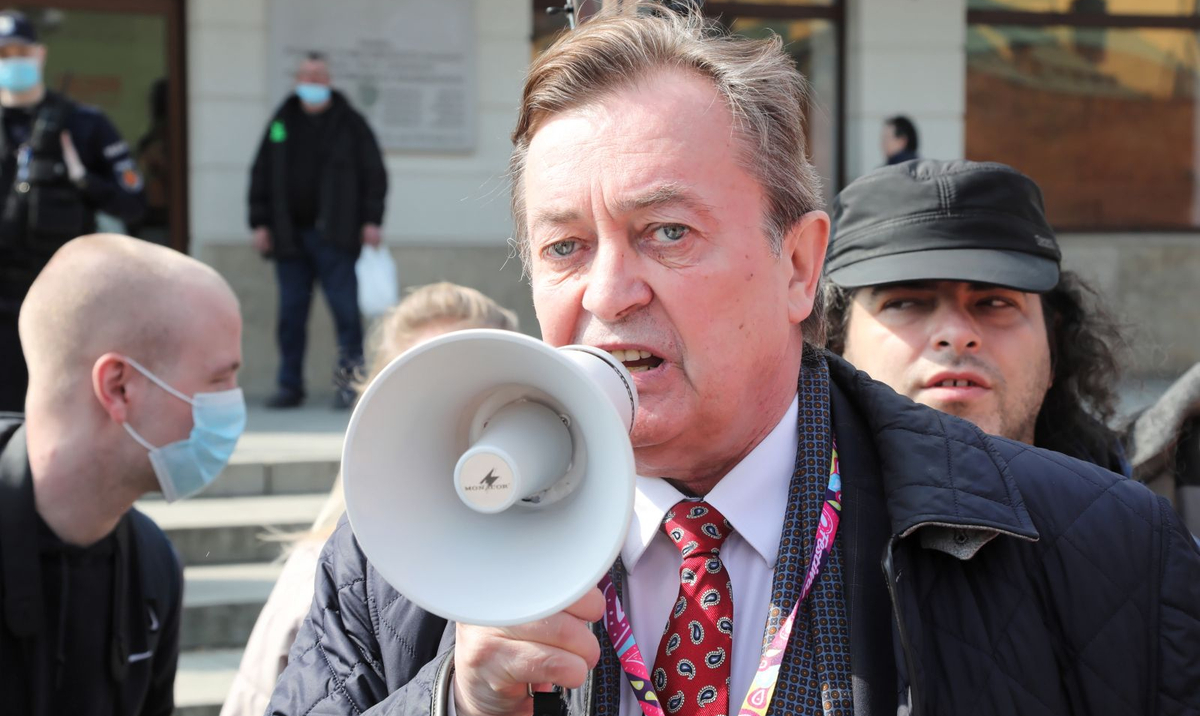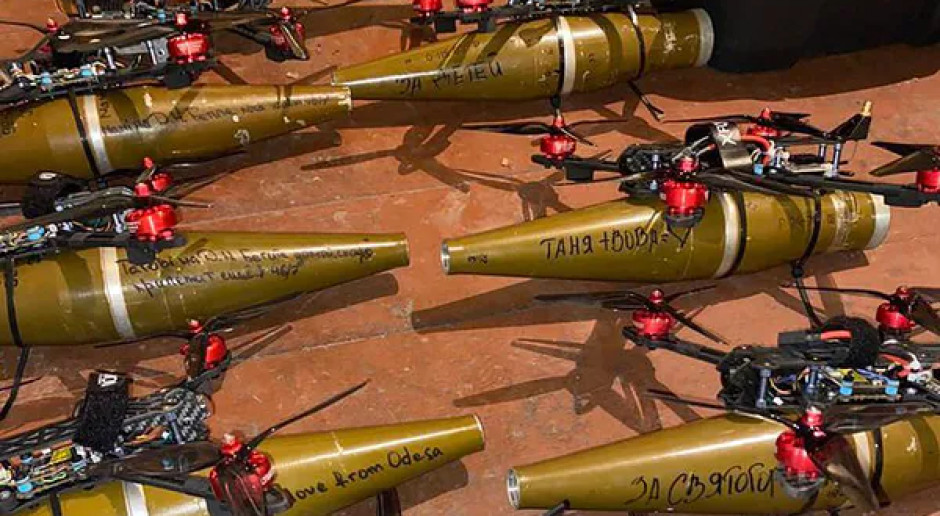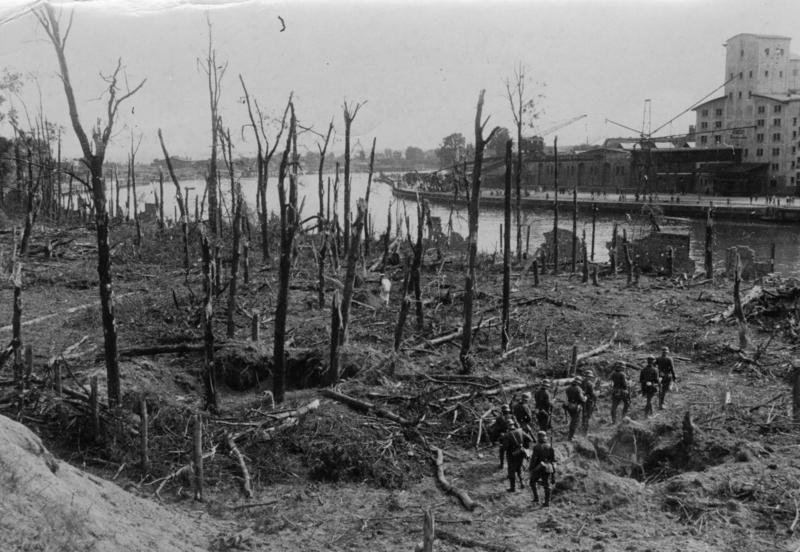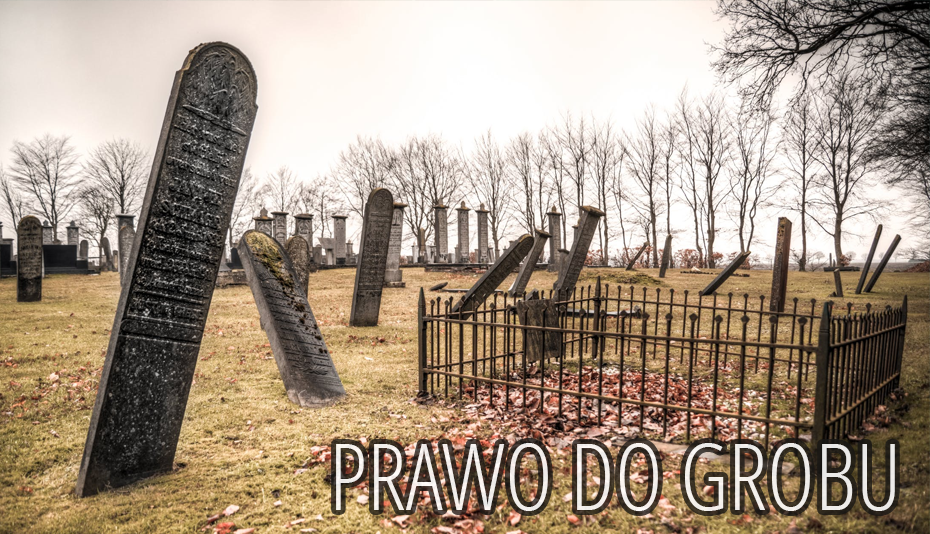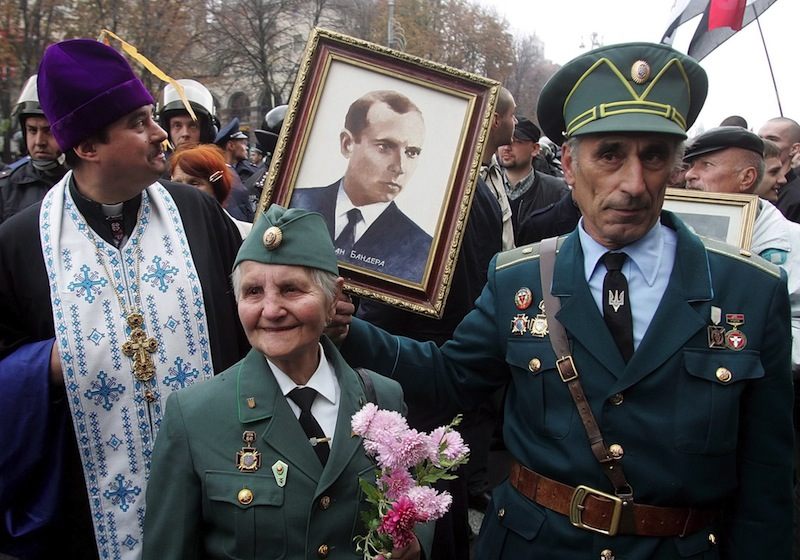-
Bohaterstwo, które podziwiał świat. „W..
POLSKA2 lata temu -
Neon24 – ruska V kolumna
POLSKA3 lata temu -
Nowe osoby w Zarządzie Amiblu
BIZNES3 lata temu -
Mechanizm warunkowości – krok ku Homo Eu..
POLSKA3 lata temu -
Wściekłe i wulgarne „Lemparcice” ..
POLSKA4 lata temu -
Rolnicze poparcie dla prezesa Elewarru – ..
NEWS4 lata temu
Jądra Grada

Rząd fachowców chce się sprawdzić w biznesie. Geodeta z wykształcenia i specjalista ds. rozwoju wsi, Aleksander Grad, został prezesem tak zwanych spółek jądrowych PGE. Przewidujemy rezultat jądrowej prezesury Grada – podpisanie umów z Rosjanami.
Aleksandra Grada, bylego ministra rzadu Tuska, nie musimy nikomu przedstawiac. Grad zaslynal z proby prywatyzacji Stoczni Szczecinskiej poprzez tajemnicza fundacje zarejstrowana na Antylach holenderskich (czyli tam gdzie sa zarejstrowani udzialowcy ITI), pod zagadkowa nazwa Stitching Particulier Fonds Greenrights. Ta egzotyczna proba prywatyzacji skonczyla sie, jak pamietamy, obciachem i klapa.
"Stitching Particulier Fonds" oznacza koncept prawny "prywatnej fundacji". Wedlug prawa Antyli holenderskich "prywatna fundacja" nie ma udzialowcow i nie moze zajmowac sie materialnym biznesem oraz przynosic zyskow, jak taka struktura moze wiec inwestowac w stocznie ?
O co chodzilo w tej hecy z prywatyzacja Stoczni Szczecinskiej wie chyba tylko byly minister Grad i jego oficerowie prowadzacy.
Aleksander Grad jest z wyksztalcenia geodeta przemyslowym, w latach 90-tych zyl sobie spokojnie jako wojt gminy Plesna ale w pewnym momencie zostal dostrzezony. I wtedy kariera Grada nabrala impetu, takiego ze w 2007 roku Grad wyladowal w skladzie ministerialnym rzadu Tuska. Aleksander Grad jest wiec przykladem na to ze ludzie zdolni ze wsi moga realizowac sie w III RP.
Grad zrzekl sie mandatu poselskiego 30 czerwca 2012 roku aby sprawdzic sie w biznesie. Kilka dni temu zostal prezesem spolek PGE Energia Jadrowa i PGE EJ. Plany tych spolek na przyszlosc to niby budowanie polskiej centrali atomowej.
My w to nie wierzymy.
Po pierwsze, w III RP nigdy budowano niczego na taka skale. Polska instrastruktura energetyczna zostala zbudowana w czasach PRL, szczegolnie za Gierka. Kulczyk od 10 lat buduje elektrownie w Pelplinie, z wiadomym wynikiem.
Po drugie, bajzel z budowa rzeczy relatywnie prostych technologicznie jak np. autostrady, nie wrozy dobrze skomplikowanym technologicznie wielkim inwestycjom w III RP. Chyba ze elektrownie atomowa zbuduja nam Chinczycy, jak autostrady.
Po trzecie, Rosjanie wybudowali nowoczesna elektrownie termiczna w Kaliningradzie (Kaliningrad TTP-2) i buduja wlasnie niedaleko miasta Neman (po polsku: Ragneta) w obwodzie kaliningradzkim elektrownie atomowa Baltiskaja NPP (2300 MW), ktora stanie sie operacyjna w 2017 roku. Elektrownie buduje koncern RAO UES, w ktorym 52% akcji ma rosyjskie panstwo a jednym z mniejszosciowych udzialowcow jest Gazprombank, bedacy w rekach kolegow prezydenta Putina:
http://en.wikipedia.org/wiki/Kaliningrad_Nuclear_Power_Plant
Nowe elektrownie w obwodzie kaliningradzkim maja (beda mialy) mozliwosci produkcyjne przekraczajace potrzeby obwodu. Aleksander Grad zostal wiec prawdopodobnie wyznaczony do zawarcia kontraktow na import energii elektrycznej z przyszlej elektrowni atomowej Baltiskaja (zdjecie na koncu wpisu).
Stitching Particulier Fonds Greenrights moze wiec na nowo pojawic sie w biznesie.
Ponizej troche analizy regionalnej, dla osob zainteresowanych tematem.
Stratfor: Russia’s Agenda Behind Belarusian Nuclear Plant
Russia and Belorus are expected to sign the final contract of an energy agreement whereby Russia will construct Belarus’ first nuclear power plant, in the city of Astraviec. The agreement, likely to be signed sometime in July, stipulates that Russian energy companies will construct the plant, which will host Russian nuclear technology exclusively. In addition, Moscow has agreed to lend Minsk $10 billion to cover roughly 85 percent of the plant’s total cost. Construction on the plant could begin as soon as September and the plant could be operational by 2018.
The intent of the Astraviec plant is not only to project Russian power into the Belarusian energy sector; Belarus has long been dependent on Russian energy commodities, so Russia’s influence is already firmly established. Instead, the plant is an indirect move against neighboring Lithuania, which is diversifying away from Russian energy with its own liquefied natural gas and nuclear power programs. Russia sees a potential Lithuanian power plant as a way for the other Baltic countries to lessen their dependency on Russian energy, something Russia hopes the new Belarusian nuclear plant will curb.
The Astraviec project typifies Russia’s energy strategy in its near abroad. For years, Moscow has tried to strengthen its presence in Central and Eastern European countries by making them dependent on Russian oil and natural gas. These countries do not want to be beholden to one energy supplier, so they have recently begun looking for other energy sources.
As these countries start to diversify away from Russian oil and natural gas, Moscow has looked to compensate for its losses and retain its influence. In doing so, it has turned to a number of options, including nuclear energy deals. For example, Russia has offered to pay for the expansion of Hungary’s Paks nuclear power plant, which could cost more than $12 billion. Russia has even reached out to Turkey, as seen in its 2010 agreement to pay for much of the Akkuyu nuclear power plant in that country.
But the situation in Belarus is different: Russia already dominates Belarus’ energy sector. Minsk imports more than 80 percent of its oil and more than 90 percent of its natural gas from its eastern neighbor, and Russia owns Belarus’ natural gas pipeline system. Belarus also lacks viable alternatives to Russian energy commodities, so it cannot significantly diversify its imports.
Belarus’ northwestern neighbor, Lithuania, likewise has depended heavily on Russian energy commodities. The Baltic state imports nearly all its natural gas — about 3 billion cubic meters per year — from Russia. In order to diversify away from Russian energy, Lithuania has been building up a domestic liquified natural gas terminal and developing its nuclear industry.
In fact, Lithuania is planning to replace its Ignalina nuclear power plant, which was fully closed in 2009, with the Visaginas nuclear power plant. Vilnius hopes to complete the Visaginas project by 2020-2022. If construction moves forward, the plant will cost more than $6.1 billion and will be built by Japan’s Hitachi, Ltd. The plant could provide the Baltic region with some electricity that would otherwise come from Russia.
This is something Russia wants to avoid. It is no coincidence that Belarus’ nuclear plant would be located only 50 kilometers (31 miles) from Vilnius. The Belarusian plant is meant to complicate the Visaginas project by offering a nearby nuclear alternative. The Visaginas plant will have an estimated production capacity of 3,400 megawatts, while the Astraviec plant will have an estimated production capacity of 2,400 megawatts. Russia’s construction of yet another plant in Kaliningrad, which will have an estimated 2,340 megawatt production capacity, will provide yet another energy alternative to the region.
The future of the Visaginas project is unclear, but Russia’s motivations behind the Astraviec plant are quite clear: Moscow wants to preserve its primacy as an energy provider in the Baltics.
source: www.stratfor.com
Nowa elektrownia atomowa Baltiyskaya NPP, budowana koło Kaliningradu

Z Panamy przez PRL do III RP, czyli o wplywie Wizjonerskiej Strategii Inwestowania (WSI) na Polske -- czytaj cala prawde calodobowo -- na www.wsi24.pl oraz Facebook / Goodbye ITI -- i mysl samodzielnie, bez TVN24 !!




